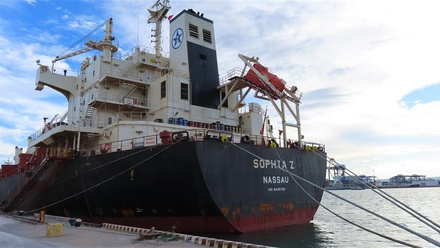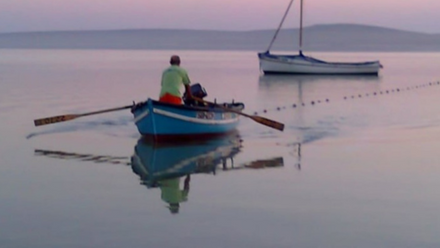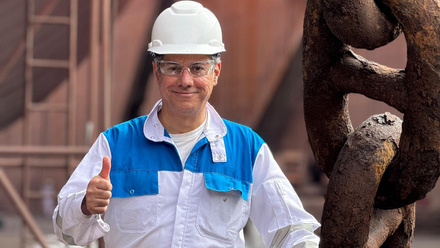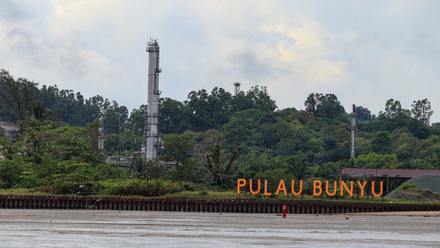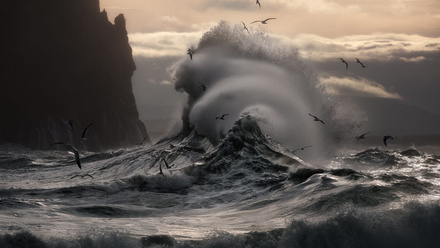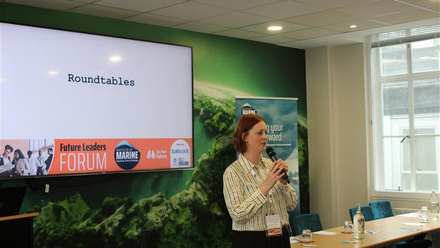CPD training in marine mammal observation
Continuing professional development (CPD) not only hones your skills, but also helps you connect with your peers.
For many years I loved working as a marine mammal observer (MMO) and while many might favour exciting offshore positions — such as seismic surveys or offshore renewable energy (ORE) projects — I also found great fulfilment working as an MMO on port construction projects. I enjoyed the camaraderie of industry work and getting to know the rotating teams of engineers, drillers, environmental scientists, and site crew.
But what I valued most is the opportunity for long-term mitigation work, observing the same populations over extended periods (mainly grey and harbour seals, with the occasional common dolphin) and earning a sustainable income. In a field where early career marine biologists are often stuck in cycles of voluntary roles, it was rewarding to contribute meaningfully while making a living.
That changed nearly four years ago when I became pregnant with my daughter. It quickly became clear I would have to step back from MMO work, at least temporarily.
The OEUK (Offshore Energies UK) medical guidelines disqualify pregnant individuals from offshore work from 24 weeks and, even before that, deployment is strongly discouraged.
In port construction, there is little to no specific guidance available for pregnant MMOs, and as most MMOs are self-employed contractors working through agencies, the usual obligations for employers to conduct risk assessments or offer modified duties don't apply.
The result? You’re simply out of work. While I was able to pivot into project management and consulting, it made me reflect on the quiet, but significant, barriers women face in the marine sector, especially those outside larger organisations. It’s a conversation I’d really like to see happening in the coming years.
Returning to the field
With my daughter starting school this September, I felt the draw to return to fieldwork and saw CPD as the perfect route to refresh my knowledge, get up to date with current legislation, and upskill.
So this month, I travelled to Ponta Delgada, the capital of the Azores, to take part in an ACCOBAMS-certified MMO (Agreement on the Conservation of Cetaceans of the Black Sea, Mediterranean Sea and contiguous Atlantic Area) and passive acoustic monitoring (PAM) operator course - a brilliant course delivered by Marine Mammals Research Association, Turkey (DMAD) representatives Dr Aylin Akkaya and Patrick Lyne of Manada Environmental.
Admittedly, I was apprehensive. After years away from the field, I worried I’d be the oldest attendee among a cohort of fresh-faced graduates. Instead, I found a wonderfully diverse group — trainees from around the world and across all stages of their careers, from graduates to seasoned professionals (including fellow parents) and even one retiree looking for something new after an illustrious career.
On the MMO side, our group included both experienced observers seeking certification in a different region and newcomers (with voluntary experience) entering the field for the first time. For the PAM module, motivations ranged from gaining hands-on acoustic fieldwork experience to futureproofing careers against evolving legislation.
It was an incredible week, including many successful days at sea, sighting orca, blue and humpback whales (to name but a few), and listening to dolphin whistles and clicks in real time through the hydrophone. We also learned to process and analyse our acoustic data and map our study sites using QGIS software.
Taking a week (or more) out for CPD is no small feat, with costs in time, money, and being away from family and work. But whether you're entering a profession, pivoting mid-career, upskilling, or returning after a break, it can be one of the most rewarding investments you can make for your future.
This article reflects the view of the author, rather than IMarEST.
Discover more about Finn van der Aars’ work.
Tell us what you think about this article by joining the discussion on IMarEST Connect.
Newsletter image: Finn van der Aar at work. Credit: Anthony Epes.
Main image: Humpback whale near to water surface. Credit: Shutterstock.

